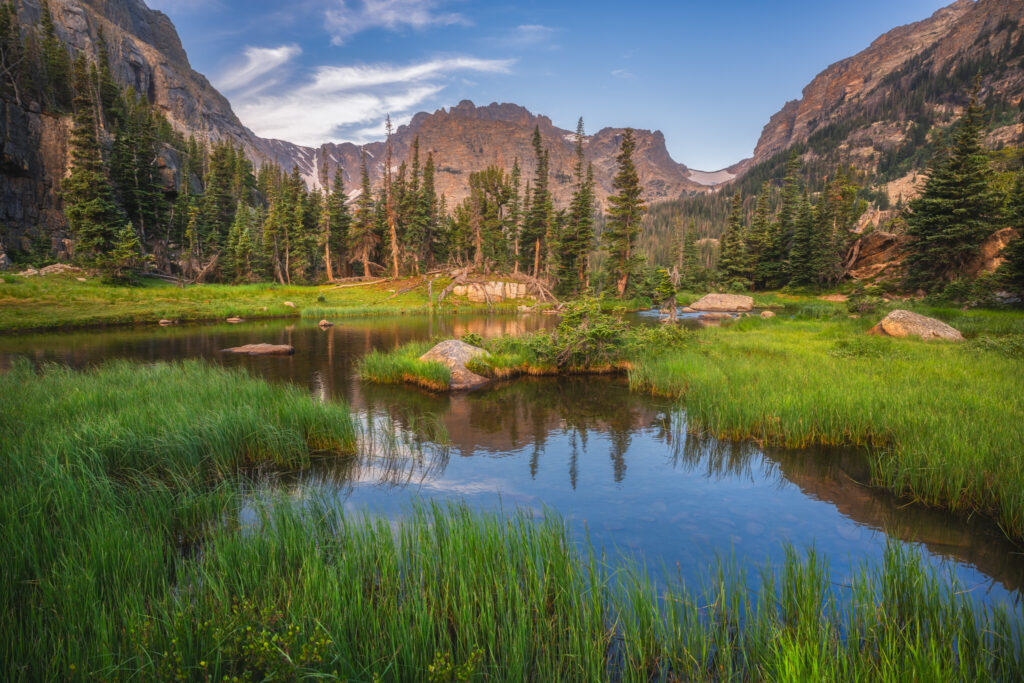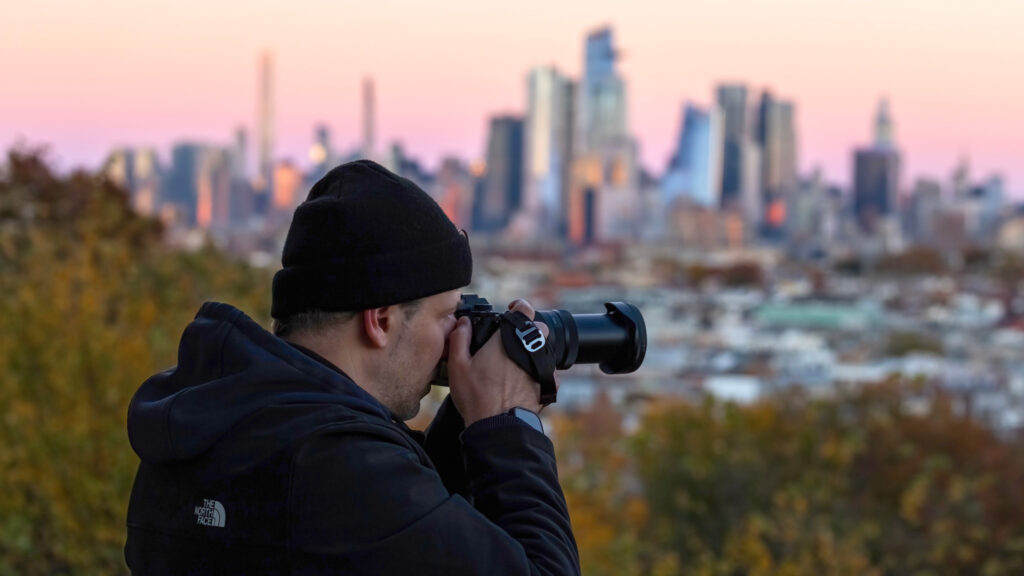Much of the photography industry tends to put heavy emphasis on full-frame gear, leaving crop sensor cameras and lenses left behind. Where there are certainly perks to larger sensors, APS-C doesn’t deserve to be overlooked. With the advances of modern photographic technology, crop sensors sport higher megapixel counts, better low-light handling, and are full of beloved features. With the right lenses, your crop sensor kit can bring forth absolutely jaw dropping images – while keeping to a much smaller and lighter size!
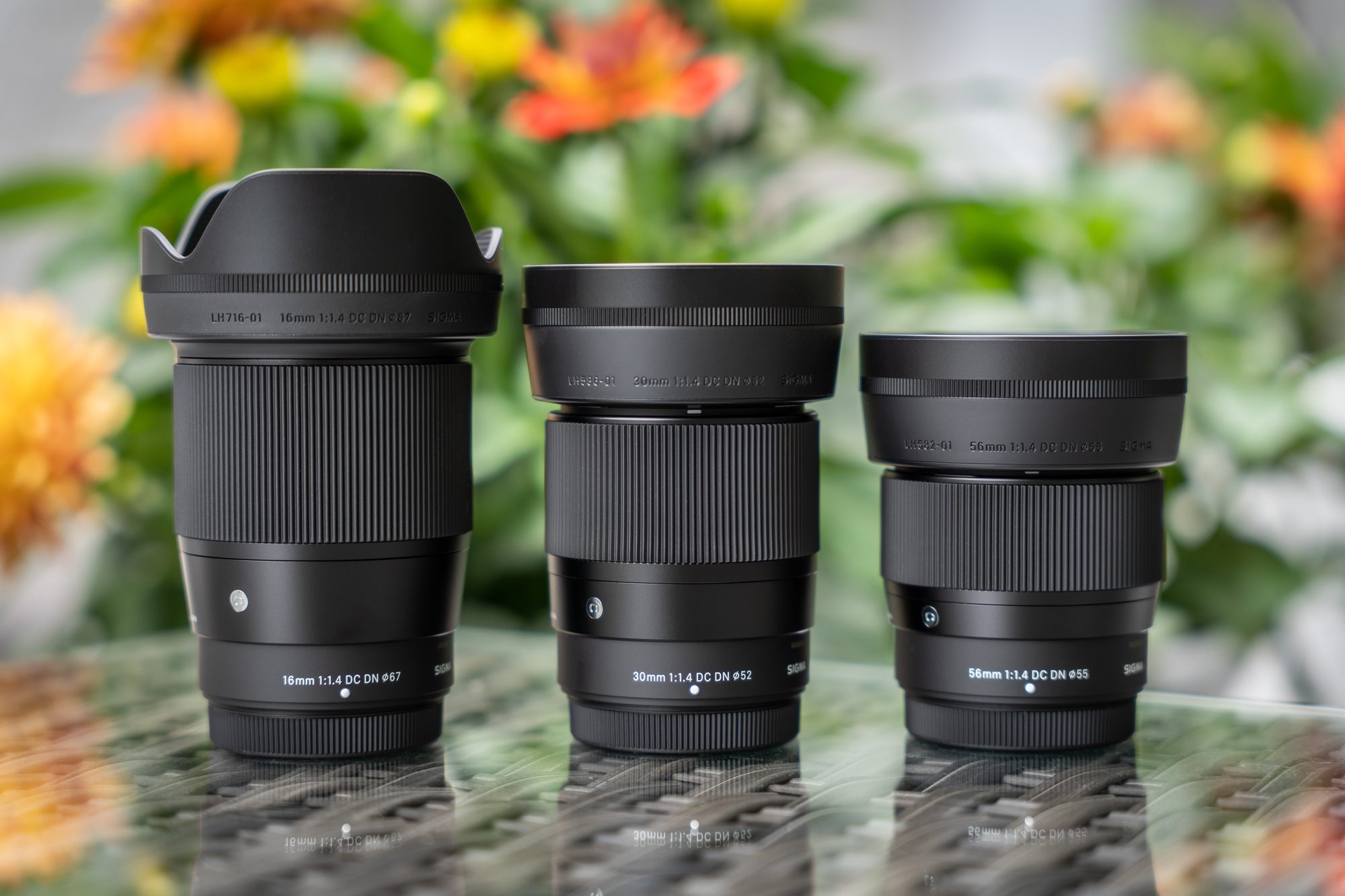
That’s where the beauty of SIGMA’s DC DN prime lenses for X Mount come into play. I recently had the luxury of taking a Fujifilm X-S10 camera paired with the 16mm F1.4 DC DN | C, 30mm F1.4 DC DN | C, and 56mm F1.4 DC DN | C out on the road with me.
SIGMA X Mount primes come out to play
To speak in particular about the trio itself, I can pretty confidently state that the featured focal lengths (16mm, 30mm, and 56mm) make up the primary scope of most photography niches. Where does my confidence come from? Well, I am a photographer whose niche is not having one! A wide array of subjects come across my lens, and I certainly cannot pick which genre I want to focus entirely on. From musicians to pets, fantasy to family portraits, exotic animals to high fashion, I do it all. As a result, my goal is to have a kit full of the most versatile gear possible, as a single day can consist of multiple photo shoots featuring all of the above with little to no time to make it back home.

The wide angle at 16mm easily covers musicians, pets, and fantasy work for me, allowing the curve of the glass to create edgy captures that help my subjects stand out. The 30mm narrows the view (and the wide-angle distortion) for the above subjects plus family portraits and fashion work, and the 56mm is a gorgeous portrait length that fits in with all of the different types of photography that I do. Add in the fact that each lens has a consistent maximum aperture of F1.4, and I suddenly have a full kit of adaptable gear that can span each session of my day. I can easily pop lenses on and off without having to change any of the settings if I am maintaining the same aperture, saving me loads of time – and yes, even seconds equal money in the photo shoot world! Musicians don’t have time to spare when we are shooting portraits before a live performance.
Let’s talk about F1.4!
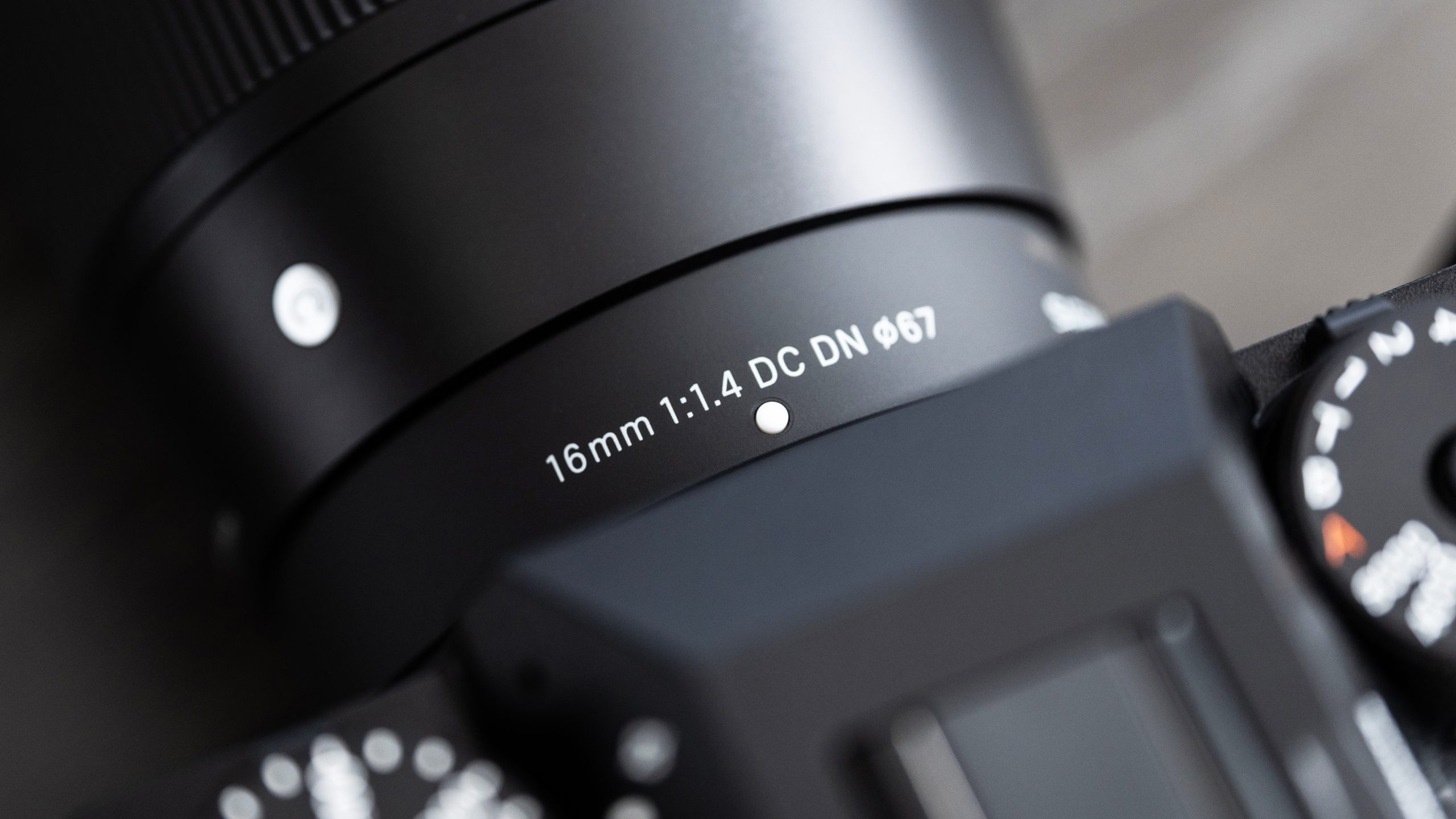
Which actually brings me to a little tangent on the wide aperture itself. To further talk about myself (I swear there is a point to tooting my own horn!), I am a shallow depth of field photographer. Give me some creamy bokeh any day! I drool over them, to such an extent that wide apertures almost feel like an extension of my personality. Much of this heartfelt love towards shallower depths of field comes from the simple fact that my photography journey started out with a grave limitation: I was a young teen when I began doing photo shoots and my transportation was limited. As such, I had little choice as to the locations I shot in, and my locale was not aesthetically pleasing, to put it politely. Wide apertures allowed me to create beautiful images in even the most unsightly of places, because my focus was on the color and texture of my location rather than what the location actually encompassed. An F1.4 aperture can easily broaden your horizons regarding locations, with a shooting space being chosen more on texture than anything else. Plus, the subject separation caused by an F1.4 is really nice!
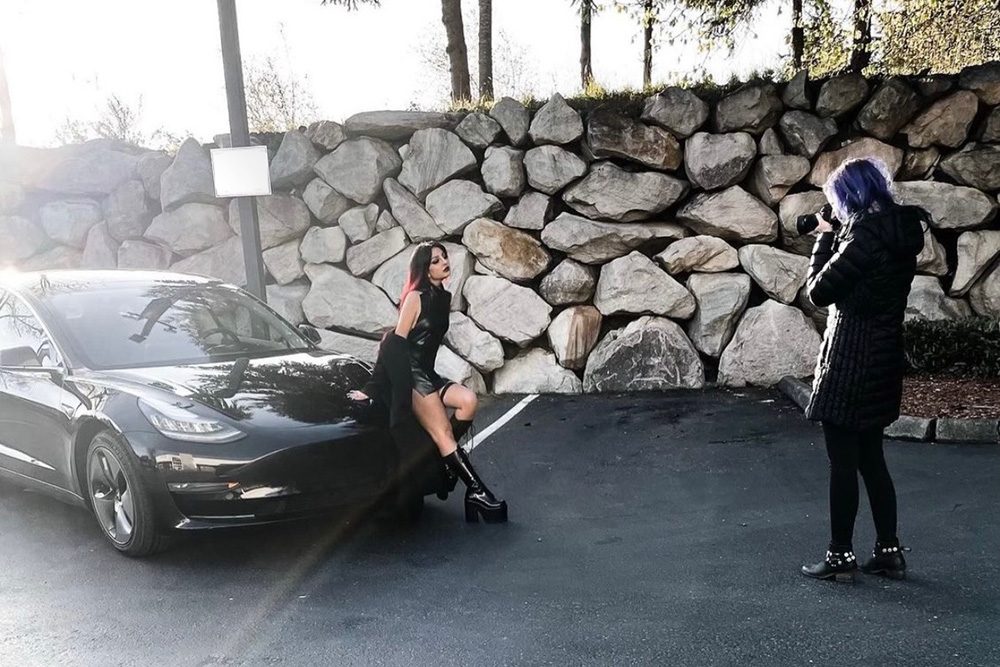

To go even further on this topic, the F1.4 aperture of this X Mount trio lets in a lot of light, allowing for use of low-light spaces and dim shooting conditions. The Fujifilm X-S10 does have in-body stabilization, but for those shooting on crop-sensor cameras that do not feature stabilization systems, the wide aperture allows for faster shutter speeds which mitigates the lack of stabilization in many cases. Pretty nifty perk if I do say so myself!
Putting the SIGMA X Mount prime lenses to work
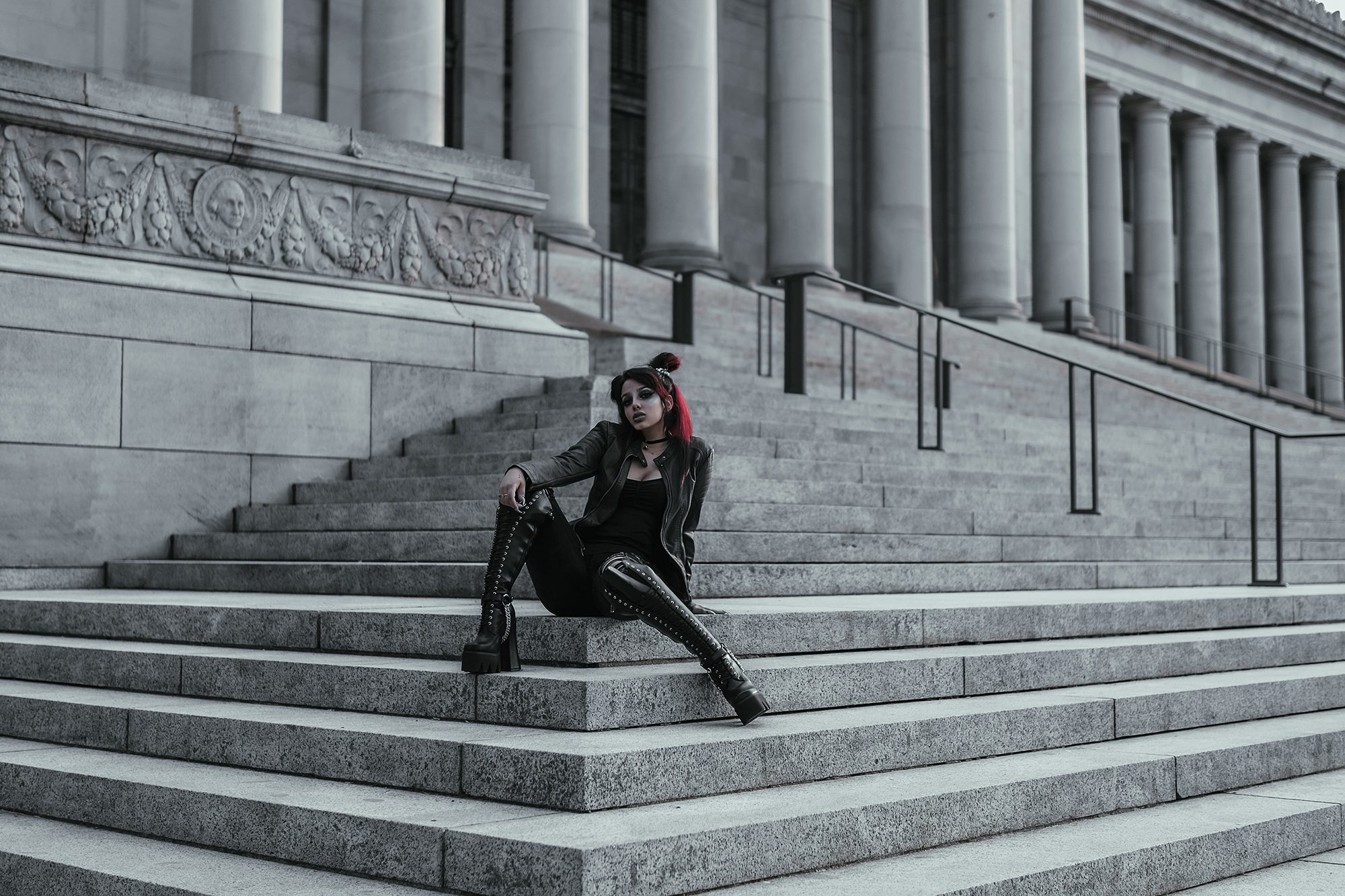
My starting experience with the lenses was to hop right on a flight to Washington on assignment to capture new content for dark pop artist Aimee Saturne, literally the day after getting the trio in the mail! The smaller stature of all of the lenses paired with the X-S10 camera body made going through the airport a breeze, as the entire system fit into my personal item bag (not even the carry-on!) so easily. Spending the week in Washington state spontaneously walking the streets to capture social media content for the artist was made as lightweight and simple as could be, with discreteness at the forefront of every adventure. In all frankness, I think my purse alone, without any camera gear, weighed more than all three lenses combined!
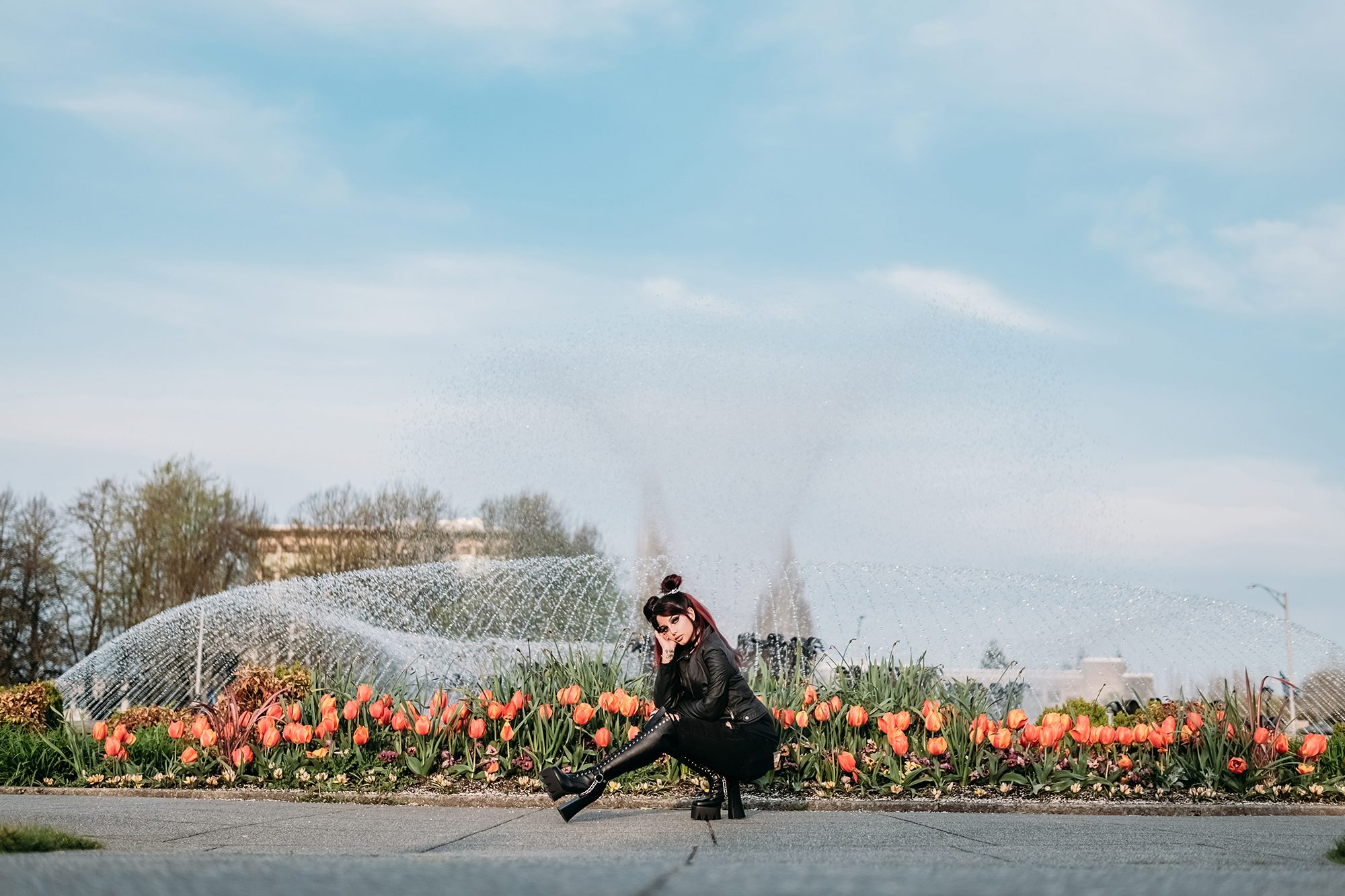
The portability of the gear allowed Aimee and I to really explore our surroundings and take images without turning the heads of any potential onlookers. In all honesty, smaller-sized, lightweight lenses have entirely changed how I approach photo sessions now, with my focus being on exploration, allowing me to literally go further to capture images others may not have shot before.
56mm F1.4 DC DN | Contemporary
Speaking of traveling, first up on my “must use” list was the 56mm F1.4 DC DN | Contemporary, primarily because my first assignment with Aimee was very portrait-based. Aimee had booked a studio for us in Tacoma, Washington, a beautiful space that featured a daylight section as well as your traditional solid-colored walls in a back corner.


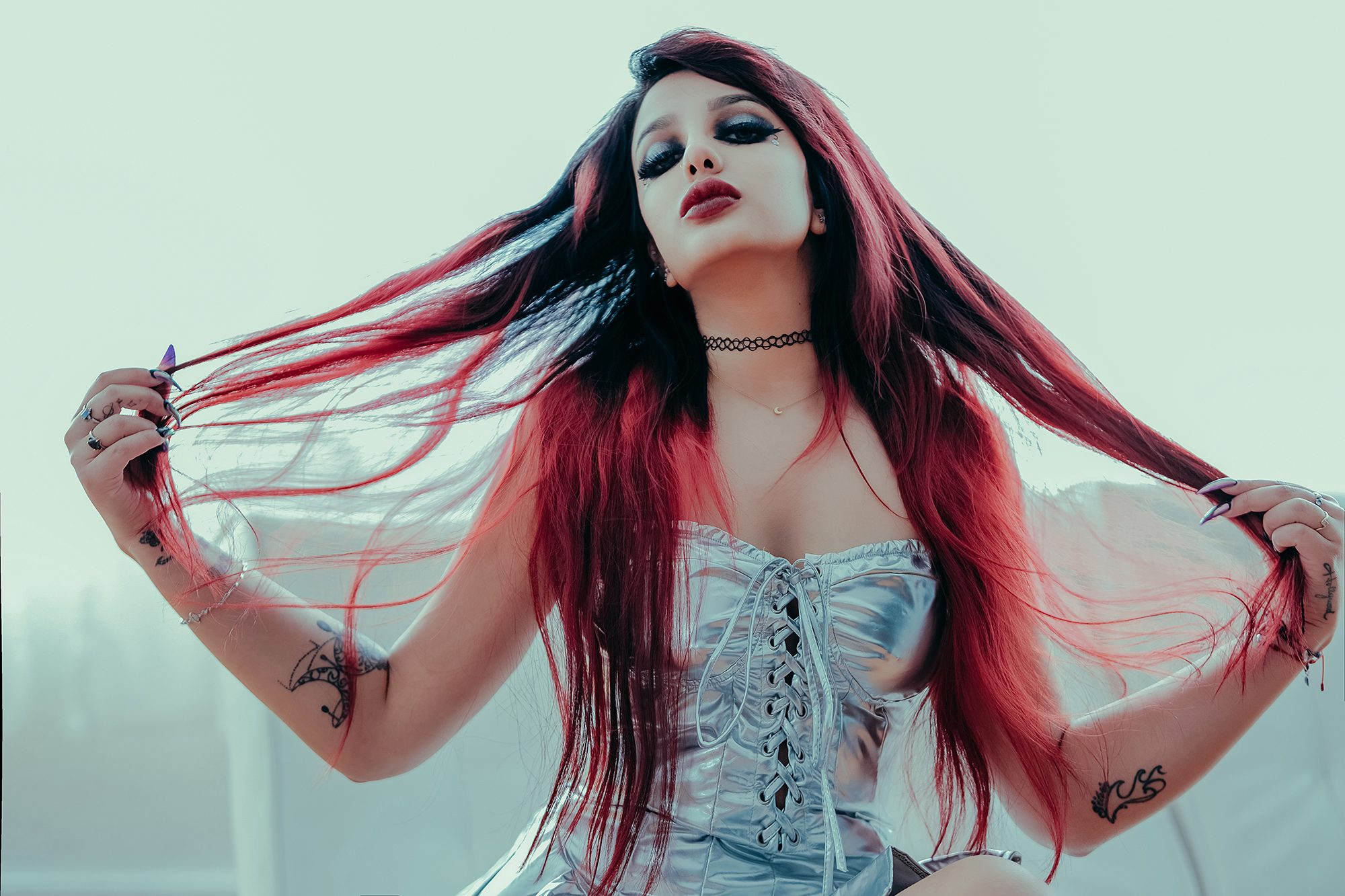
The “classic” portrait focal length is 85mm, and this lens, being used on an APS-C camera body, has a full-frame equivalent focal length of 84mm, making it the ideal lens for flattering proportions and gorgeously blurred backgrounds. For some of the close-ups of Aimee’s face, you could really see how dreamlike the shallow depth of field made the images. I took a page out of cinematic videography for that one, attempting to mimic the feeling you would get when watching a dream scene in a film.

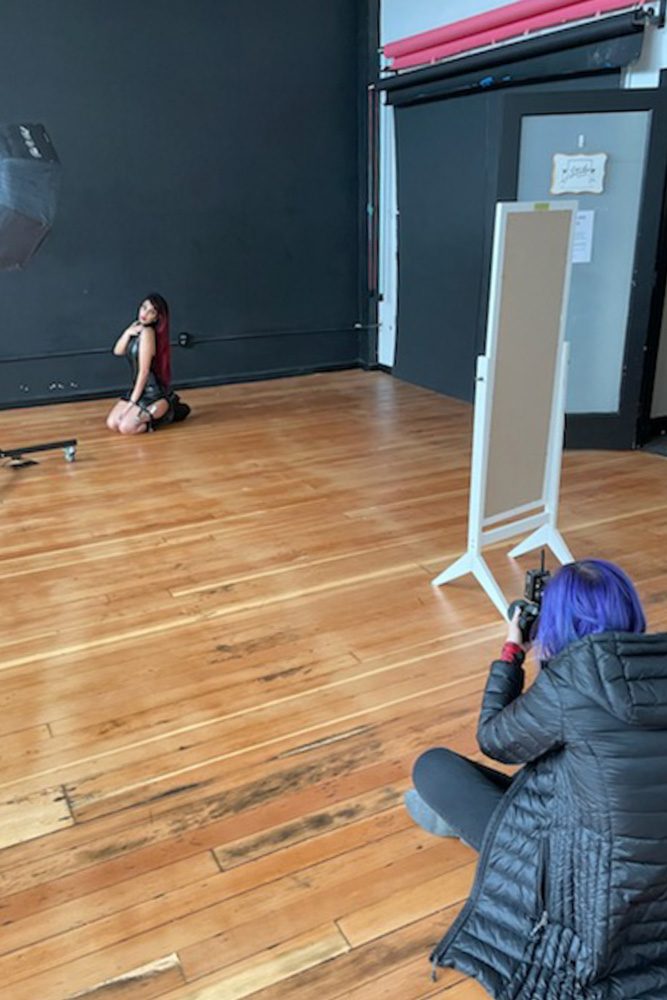
30mm F1.4 DC DN | Contemporary
The above being said, the range of the 30mm F1.4 DC DN | Contemporary is more familiar to me. My favorite lens ever is the 35mm F1.2 DG DN | Art, so playing around in the 30mm (45mm equivalent) range was a bit closer to my comfort zone, and very similar to a human’s natural field of view.

Overall, the 30mm offered just enough width without curving the subject in front of me, and was long enough to provide some nice compression and subject separation. In the case of Aimee Saturne’s new promotional images, this lens was attached to my camera most often, traversing a wide variety of locations and terrains. I especially had fun playing with the vertical and horizontal lines of a local university, laying the camera and lens on the ground to shoot from a lower vantage point.
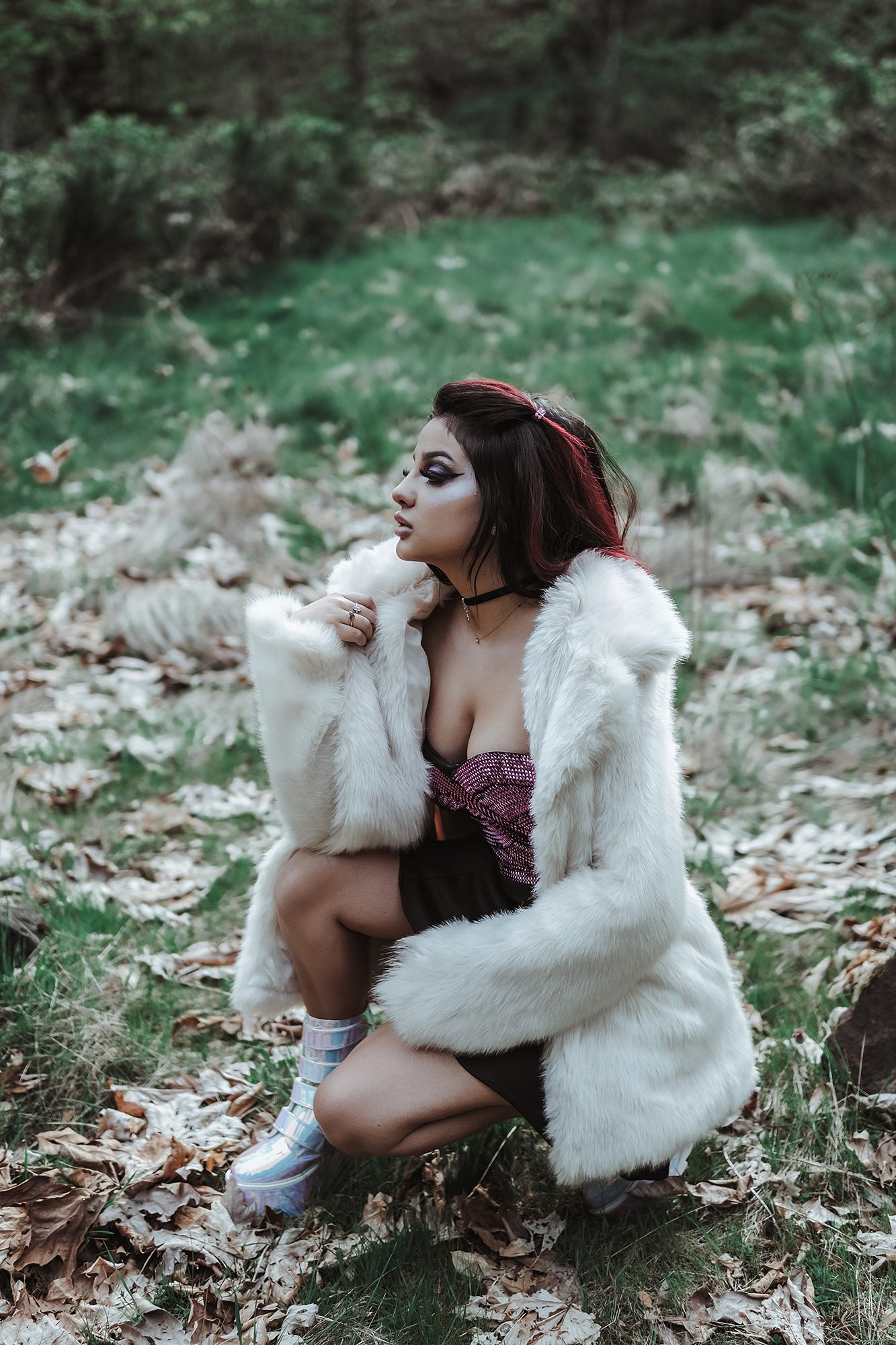
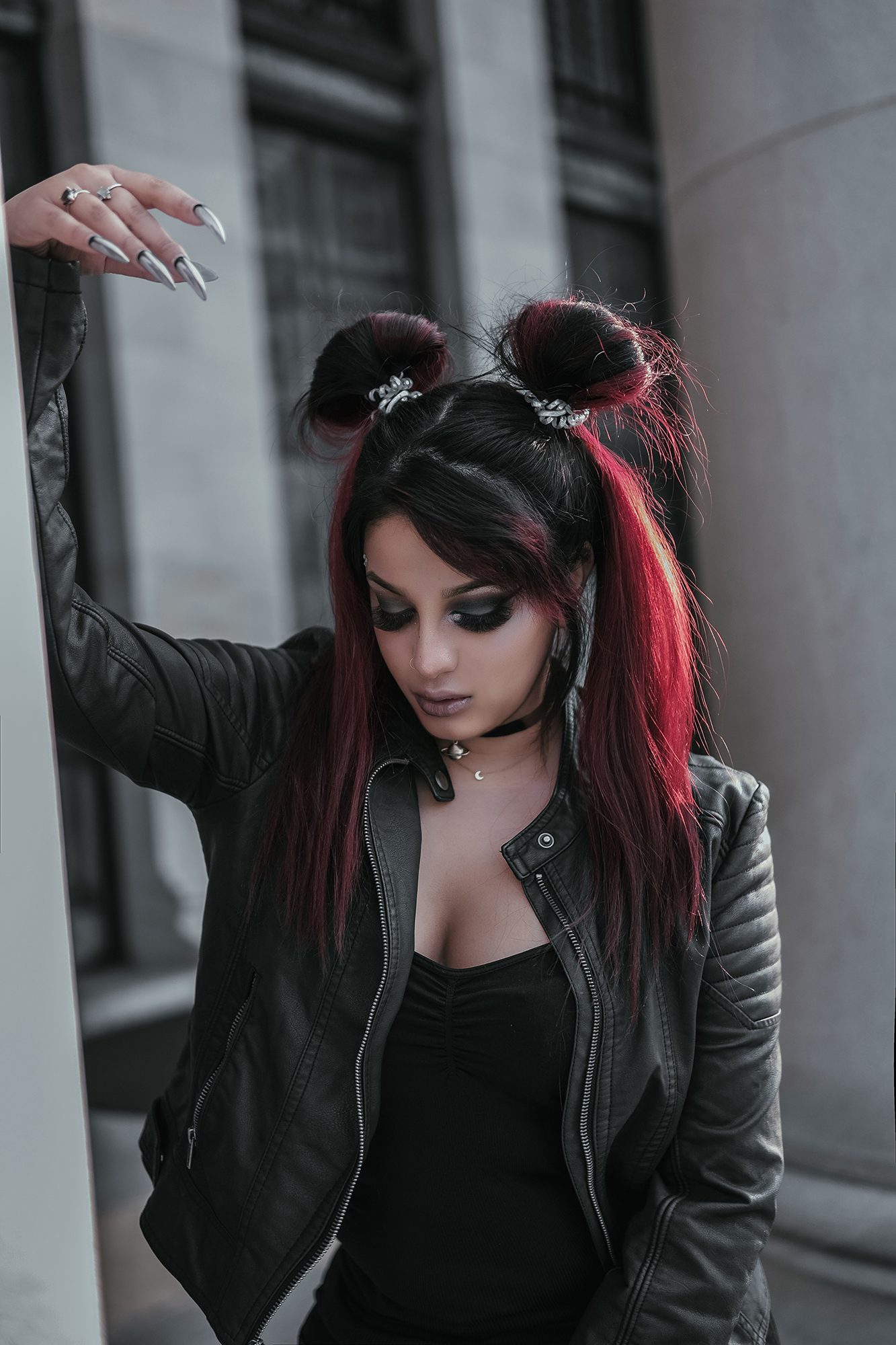
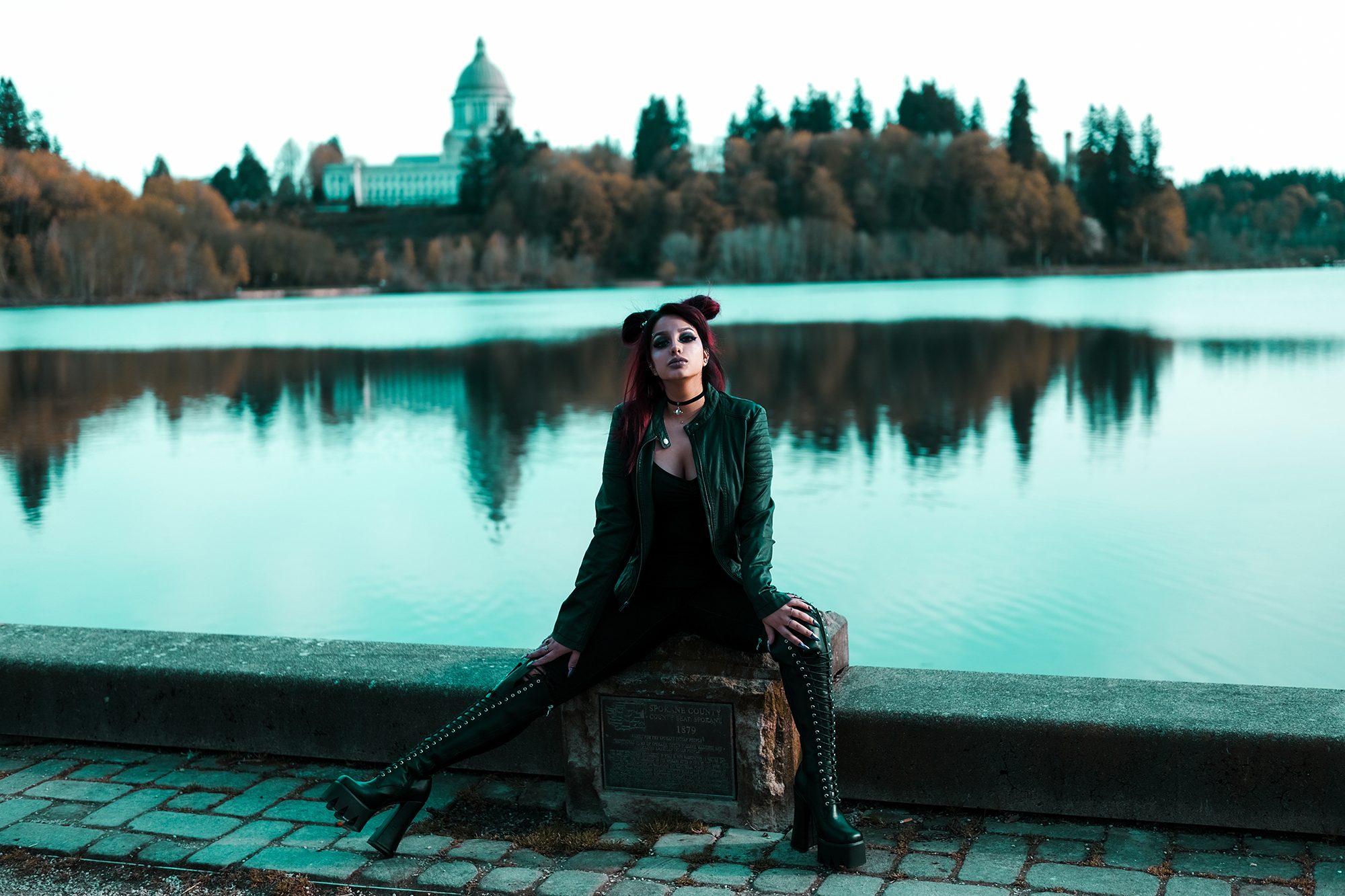
The versatility of this lens was further explored upon landing back home in Las Vegas, and getting a call from Mythic Border Collies to come meet the newest member of the family; a little five-week-old bundle of joy! Few things in this life are cuter than a wee little puppy, so it would have been a grave injustice to not document her growth. As she is very young and small, the places she can safely play are limited, so I was once more put in a position to not be in control of the shooting environment.
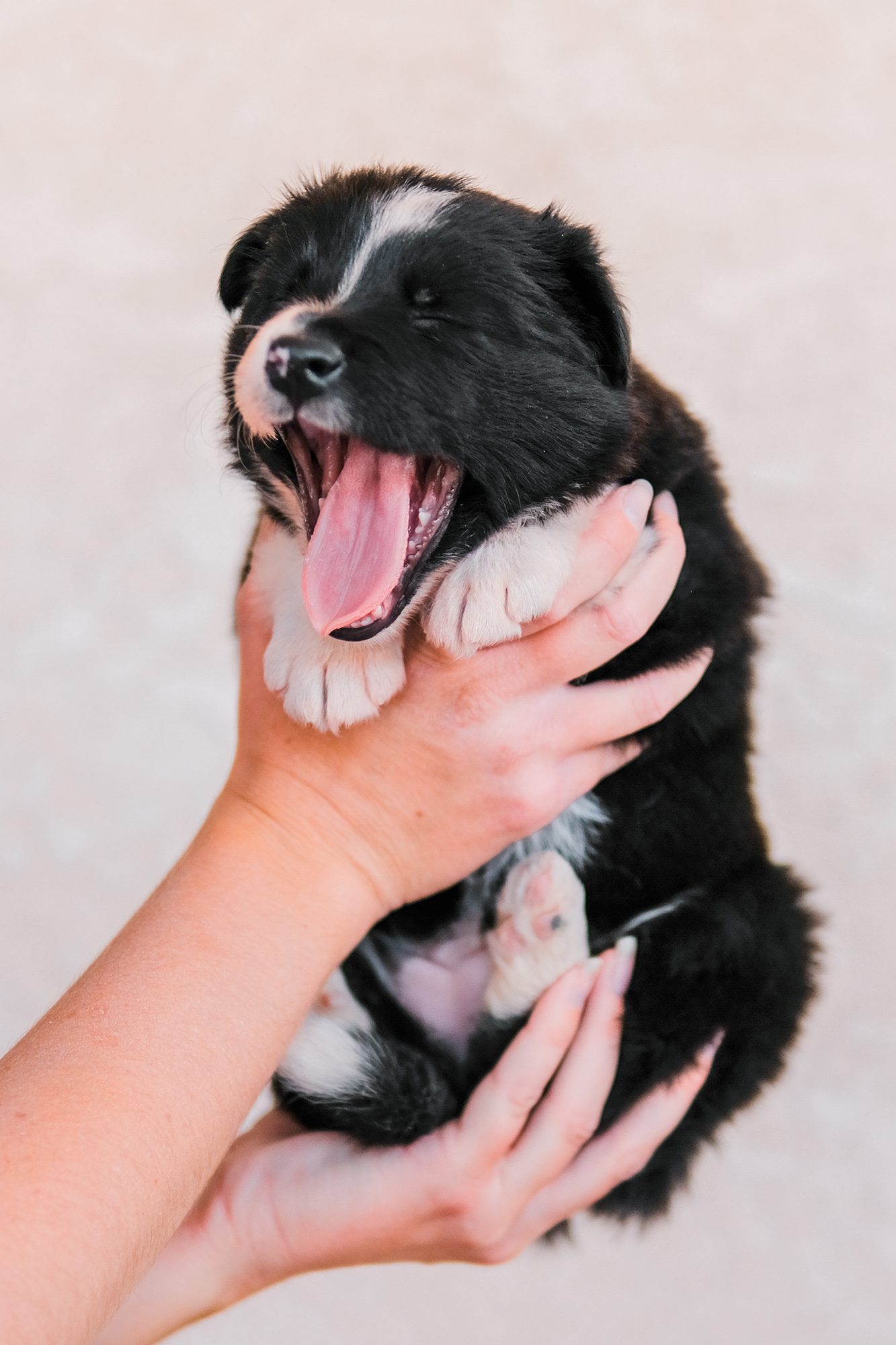

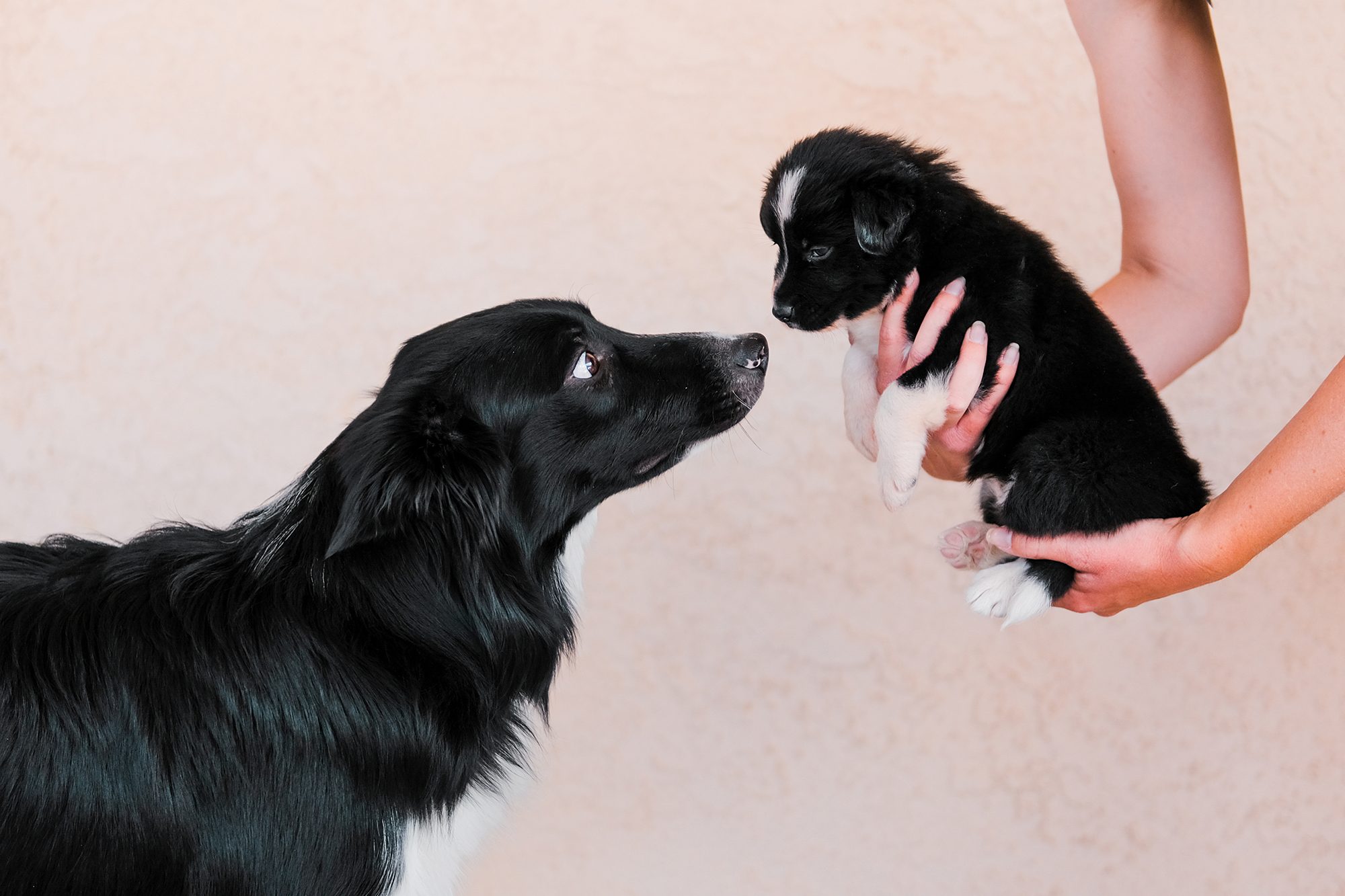
The 30mm made for a perfect focal length in my small area, and the close focusing distance made it fun to bring the lens up to the little one as she played with collars, leashes, and a clean flip flop! At the end of the session, we brought out her older brother (same parents, a year apart) to let the two get to know each other a little bit better and make for some precious family portraits. The wider aperture also benefited this situation as we were shooting in a darker outdoor overhang back porch, as is common for many homes in this part of Las Vegas.
16mm F1.4 DC DN | Contemporary
The widest of the prime trio, the 16mm F1.4 DC DN | Contemporary, I don’t tend to use in the “traditional” genres that most wide-angle lenses are utilized. When most think of focal lengths like 16mm (24mm full-frame equivalent on APS-C), I believe landscape, real estate, and architecture comes to mind first. But, as much as I am a photographer without a niche, I do set that boundary down at only capturing living subjects! As a result, I had the most fun pestering my dog Lorelei and capturing absolutely hilarious shots of her face.

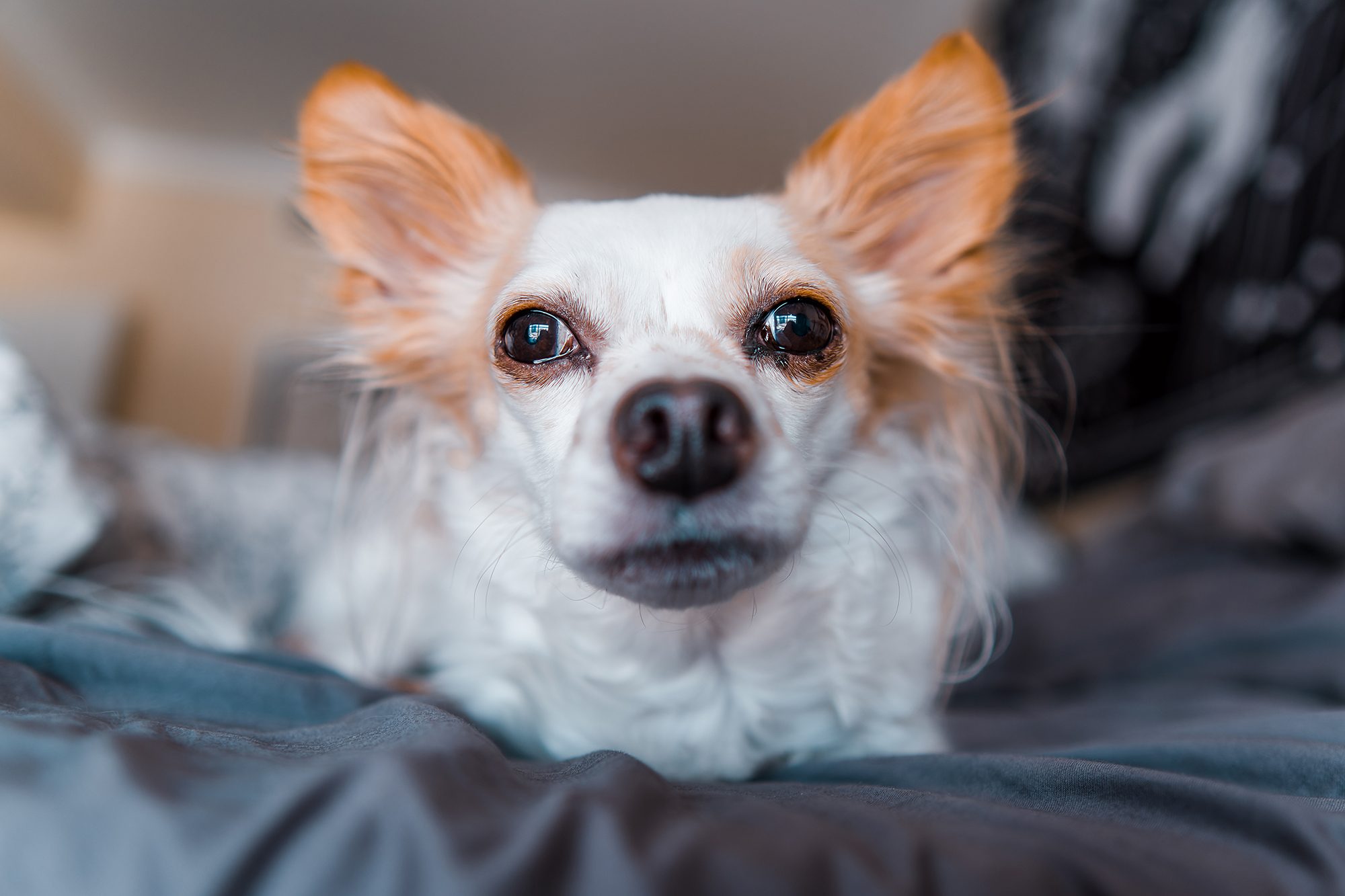
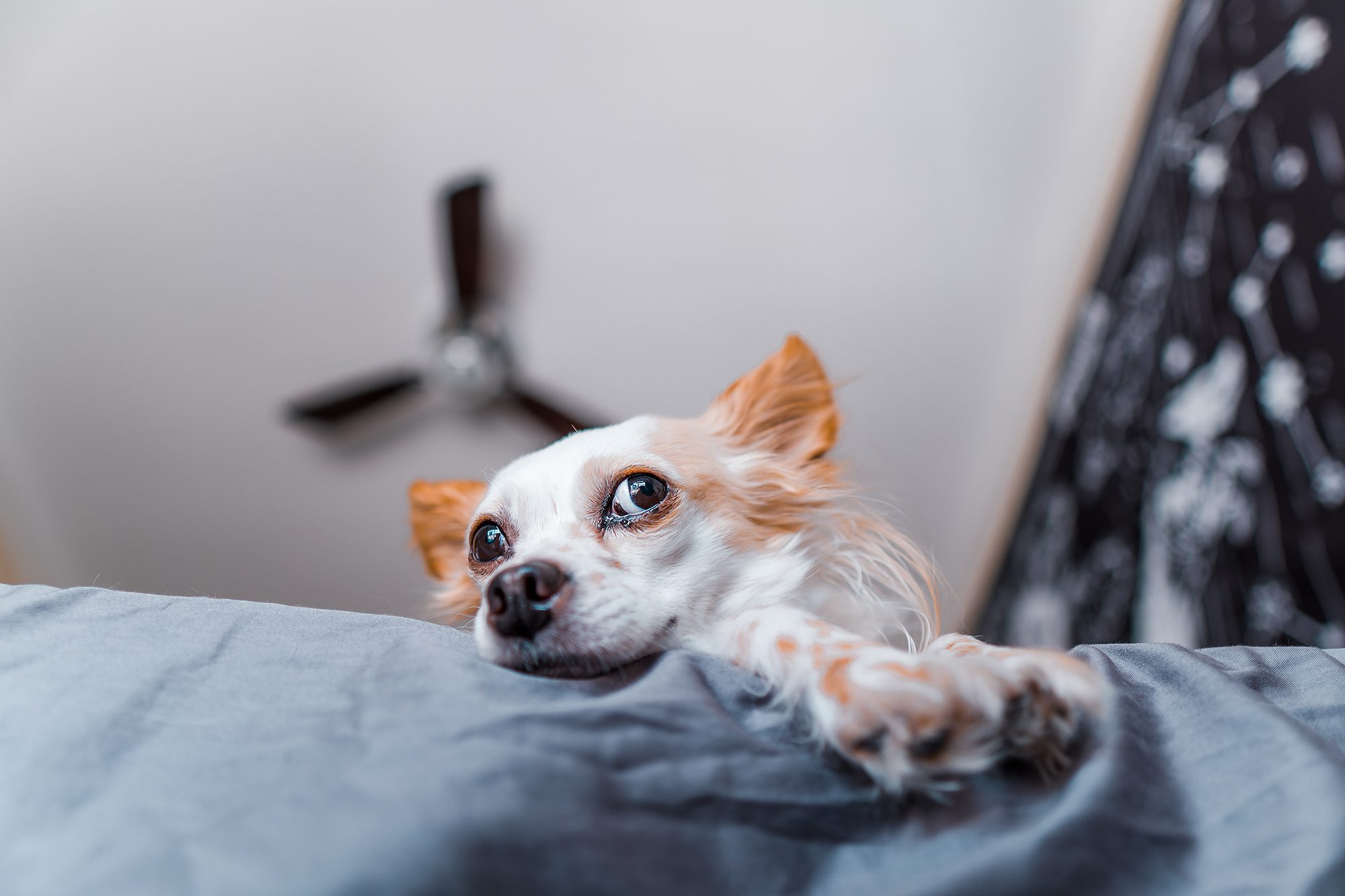
I took full advantage of the curved glass of the lens by putting the 16mm right up close to her nose and cracking up at the silly, attitude-driven images I was producing! You know, being the dog of a photographer can get quite tiring, as she has already spent five years with a camera in her face (but don’t worry, plenty of treats are given directly afterwards to make up for the burden of being a subject). I personally love the results, and the close focusing distance made this even more fun to do.
Overall thoughts on the SIGMA F1.4 DC DN trio for X Mount
With all three lenses, the sharpness was profound. Paired with the in-camera film simulations and other such fun tricks in the Fujifilm body I was using, the shots were pretty much done right in the camera itself. Having the lenses in my hands for quite a while, I can also assuredly state that the communication between the Fujifilm camera body and the X Mount trio was flawless. Not only did the glass effortlessly speak the same language as the body, but the speed was pretty noteworthy as well. Considering my first opportunity with this trio was flying to Seattle, Washington, to work with Aimee Saturne and I did not bring any sort of backup equipment with me, that’s a level of confidence worth noting!
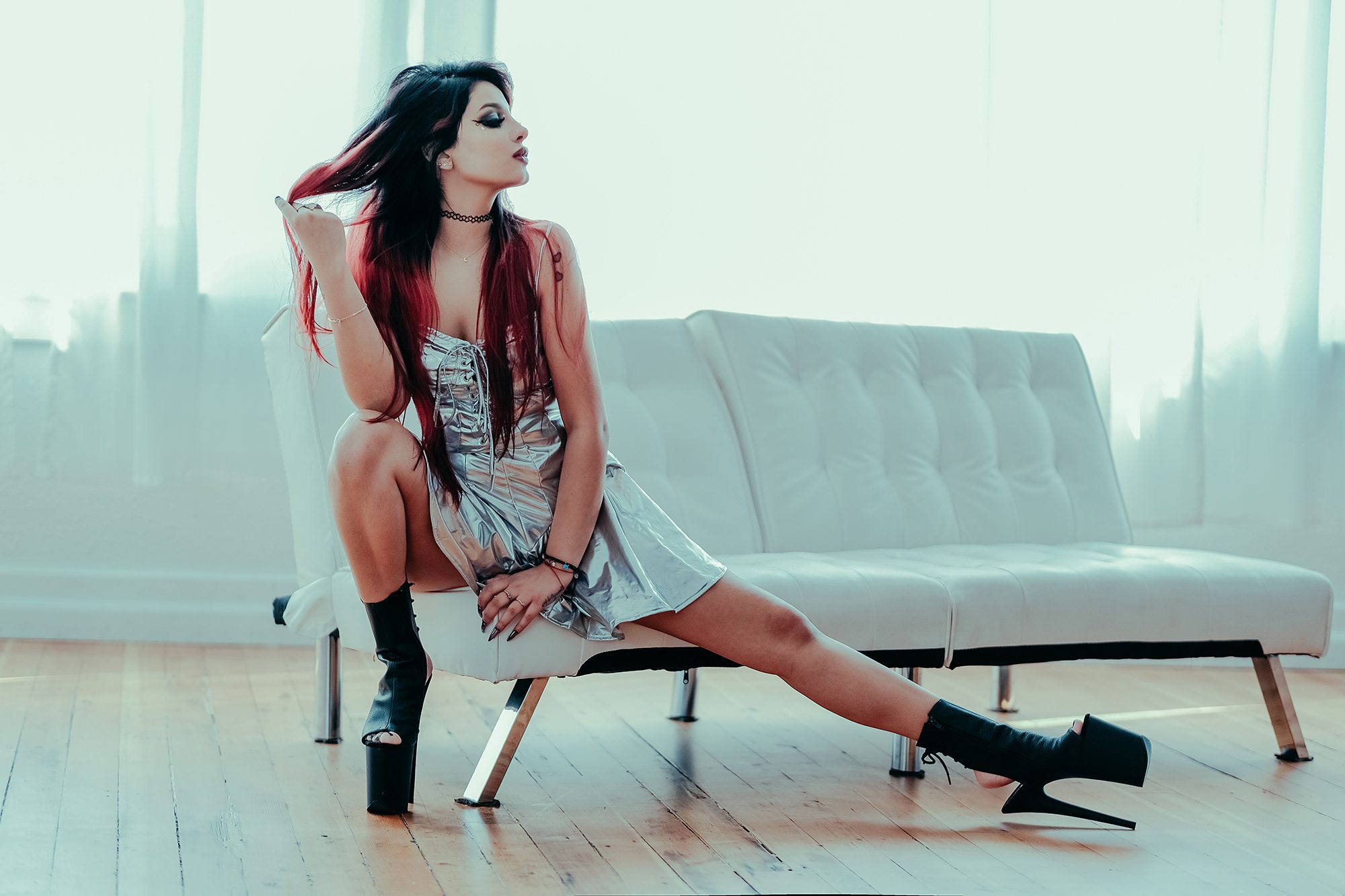
I would (and did) easily choose all three of these lenses paired as a set, or prioritize at least one as a grand standalone. The focal lengths are useful in such a variety of ways, easily molding into whatever you need them to be – take it from a photographer whose subjects are ever-changing!
